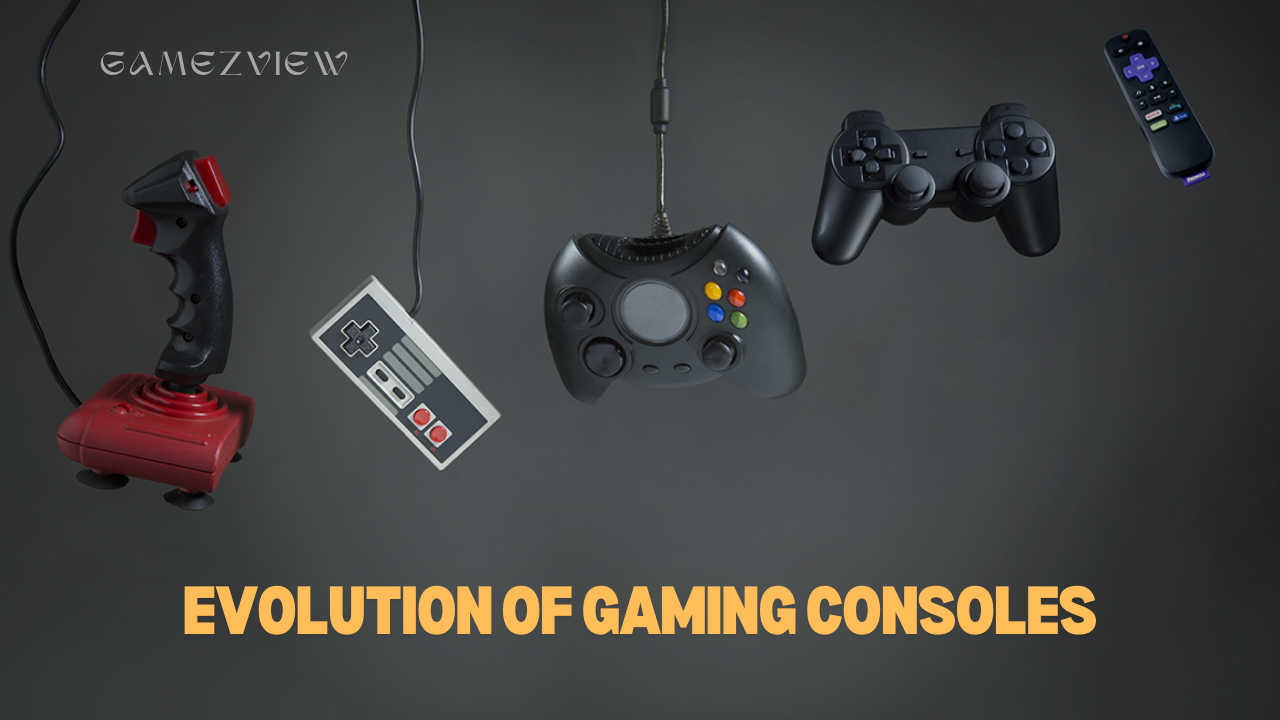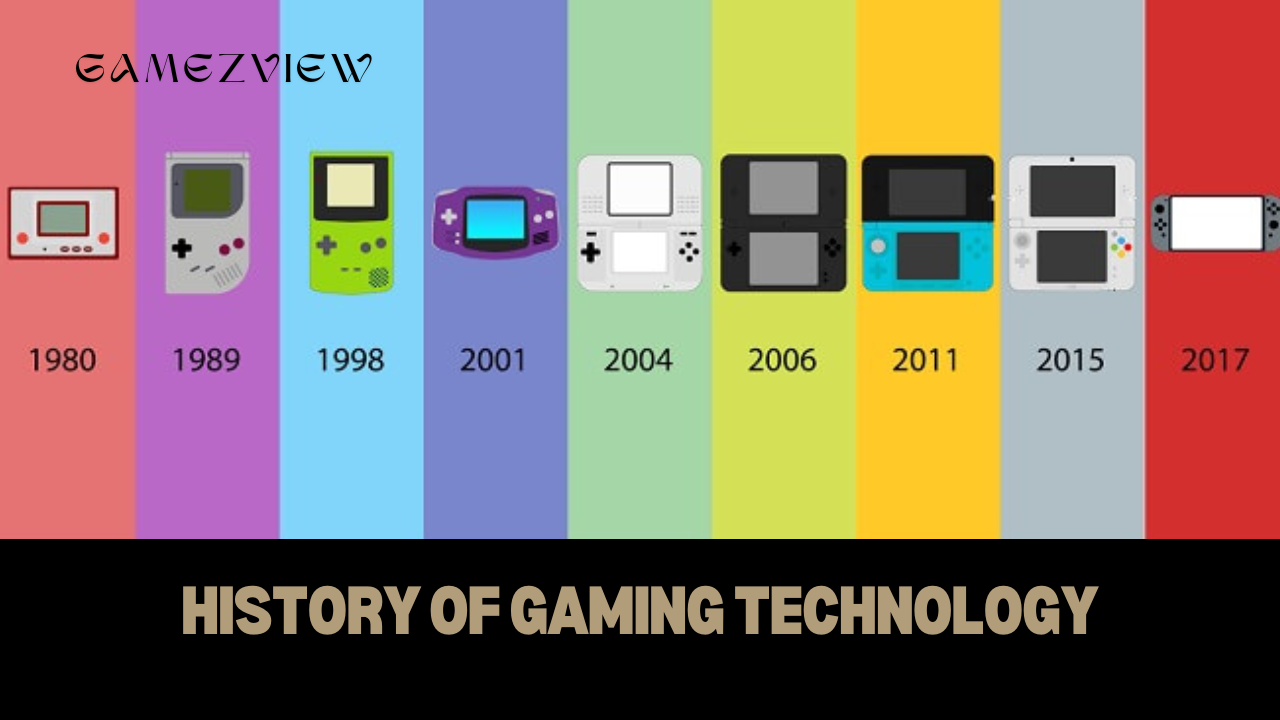Graphics play a pivotal role in the gaming industry, shaping the way players perceive and interact with virtual worlds. As technology continues to advance, the importance of high-quality graphics in gaming has become increasingly evident. In this article, we will explore the significance of graphics in gaming technology, examining how advancements in graphics technology have revolutionized the gaming experience.
Evolution of Graphics in Gaming
The evolution of graphics in gaming can be traced back to the early days of video game consoles and home computers. In the 1970s and 1980s, simple pixelated graphics were the norm, with limited colour palettes and low resolutions. However, as computing power increased and graphical capabilities improved, developers began to experiment with more sophisticated graphics techniques.
The introduction of 3D graphics in the 1990s marked a significant milestone in gaming technology. Games such as “Doom,” “Quake,” and “Super Mario 64” pioneered the use of 3D rendering techniques, allowing for more immersive and realistic gameplay experiences. This shift towards 3D graphics laid the foundation for the modern gaming industry, paving the way for increasingly lifelike virtual worlds.
The Role of Graphics in Immersion
One of the primary functions of graphics in gaming is to enhance immersion, drawing players into the game world and making them feel like active participants in the experience. High-quality graphics contribute to the sense of realism and believability, allowing players to suspend disbelief and become fully immersed in the virtual environment.
Advanced lighting effects, realistic textures, and intricate character models all contribute to the overall immersion of a game. When executed effectively, these graphical elements create a sense of depth, scale, and atmosphere that captivates players and transports them to another world. Whether exploring ancient ruins, navigating futuristic cityscapes, or battling mythical creatures, immersive graphics enhance the emotional impact and engagement of gaming experiences.
Visual Fidelity and Realism
In addition to immersion, graphics also play a crucial role in enhancing visual fidelity and realism in games. With each new generation of hardware and software, developers strive to push the boundaries of graphical fidelity, aiming to create ever-more realistic and visually stunning worlds.
Technological advancements such as high-definition rendering, real-time ray tracing, and photorealistic textures have enabled developers to achieve unprecedented levels of visual realism. Games like “The Last of Us Part II,” “Red Dead Redemption 2,” and “Cyberpunk 2077” showcase the potential of modern graphics technology, blurring the lines between virtual and reality.
Emotional Impact and Storytelling
Graphics are not merely aesthetic enhancements; they also play a crucial role in conveying emotion and storytelling in games. Visual cues, facial expressions, and environmental details all contribute to the narrative experience, evoking a range of emotions from joy and excitement to fear and sadness.
Well-crafted graphics can enhance the emotional resonance of a game’s narrative, immersing players in compelling storylines and memorable characters. Whether through cinematic cutscenes, environmental storytelling, or character animations, graphics serve as a powerful tool for evoking empathy and investment in the game world.
Accessibility and Inclusivity
Another important aspect of graphics in gaming is their role in promoting accessibility and inclusivity. With customizable settings and adaptive features, developers can ensure that games are accessible to players of all ages, abilities, and preferences.
Options such as adjustable text size, colourblind modes, and subtitles enable players with disabilities to enjoy games on their terms. Additionally, scalable graphics settings allow players with lower-end hardware to optimize performance without sacrificing visual quality. By prioritizing accessibility in game design, developers can ensure that everyone has the opportunity to experience the magic of gaming.
Future Trends and Innovations
Looking ahead, the future of graphics in gaming promises even greater advancements and innovations. Emerging technologies such as virtual reality (VR), augmented reality (AR), and cloud gaming are poised to reshape the landscape of gaming graphics, offering new possibilities for immersion and interactivity.
Furthermore, advancements in artificial intelligence (AI) and machine learning are likely to revolutionize graphics rendering techniques, enabling more realistic simulations and dynamic environments. With each breakthrough, the boundaries of graphical fidelity and immersion will continue to be pushed, ushering in a new era of gaming technology.
Graphics play a fundamental role in gaming technology, enriching the player experience and shaping the artistic vision of game developers. From enhancing immersion and realism to conveying emotion and storytelling, high-quality graphics are essential for creating memorable and engaging gaming experiences. As technology continues to evolve, we can expect graphics to remain at the forefront of innovation, driving the future of gaming towards new heights of visual fidelity and interactivity.



